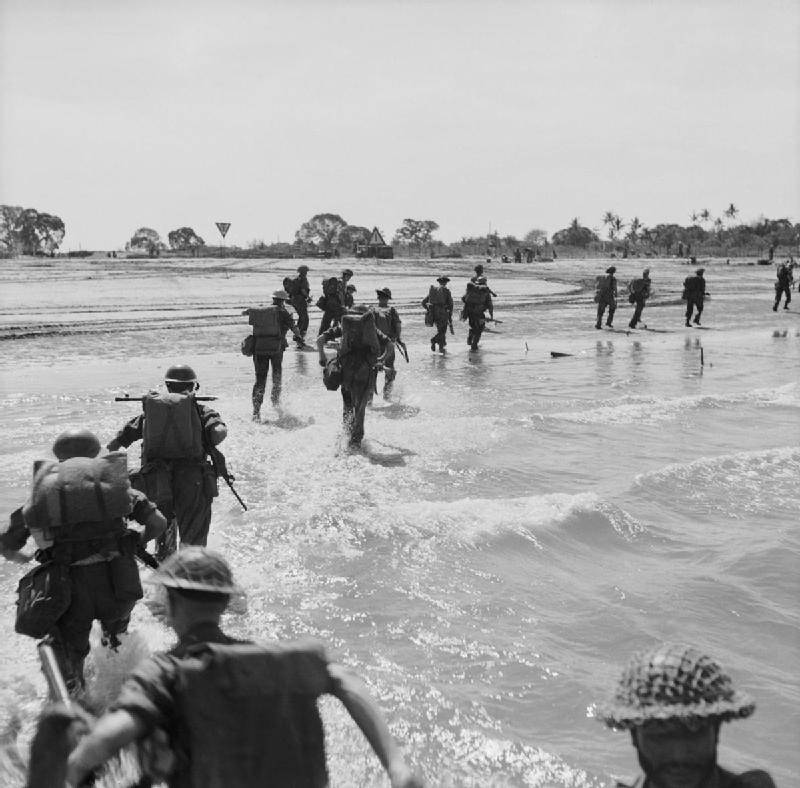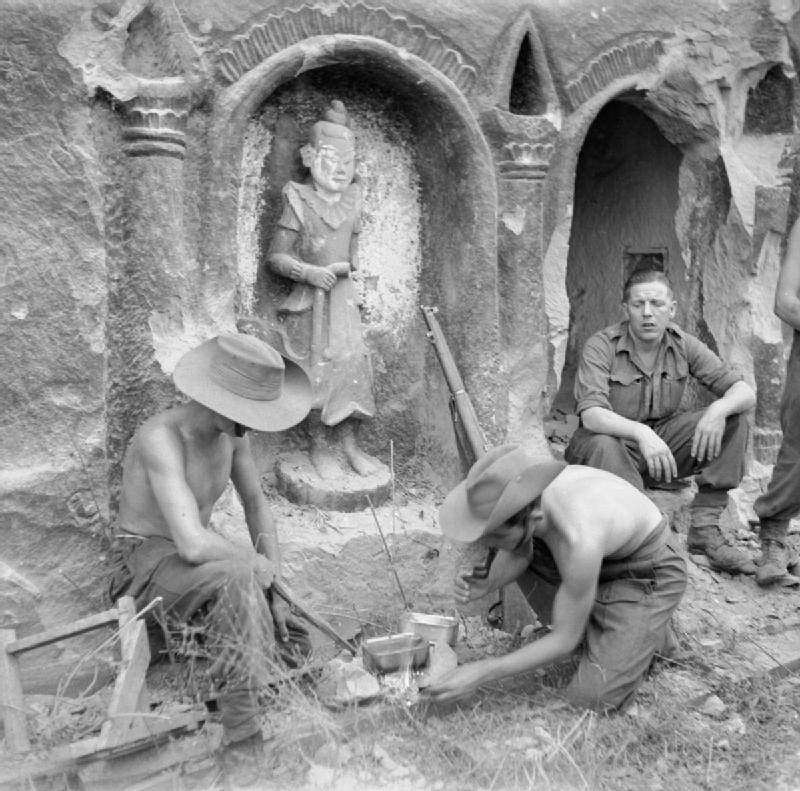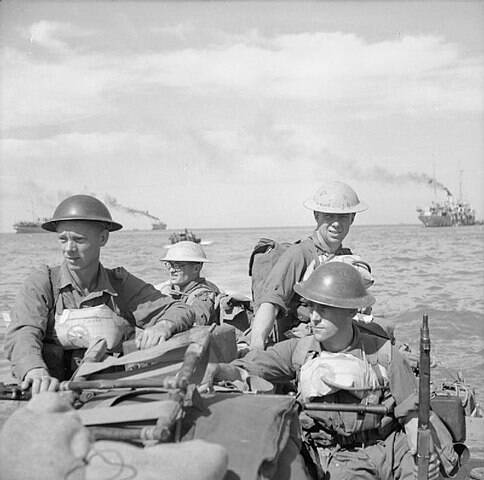With World War II nearing its end in the early months of 1945, hundreds of Japanese soldiers perished during the Ramree Island crocodile attack, the deadliest in recorded history.
Imagine you’re part of a military force outflanked by the enemy on a tropical island. You have to rendezvous with another group of soldiers on the other side of the island — but the only way to do so is to traverse a thick swamp filled with deadly crocodiles. While it may sound like something out of a horror movie, this is precisely what happened during the Ramree Island massacre.
If the soldiers didn’t attempt the crossing, they’d have to face the enemy troops closing in on them. If they did attempt it, they’d face the crocodiles. Should they risk their lives in the swamp or put their lives in the hands of the enemy?
These were the questions facing the Japanese troops occupying Ramree Island in the Bay of Bengal during World War II in early 1945. Those who survived the battle reportedly didn’t fare well when they chose the doomed escape route across the crocodile-infested waters.

Wikimedia CommonsBritish Marines landing on Ramree Island in January 1945 at the beginning of the six-week battle.
Though accounts vary, some say that as many as 500 retreating Japanese soldiers perished in grisly fashion during the Ramree Island crocodile massacre. This is the horrifying true story.
The Battle Of Ramree Before The Beasts Attacked
At the time, British forces needed an airbase in the area of Ramree Island in order to launch more attacks against the Japanese. However, thousands of enemy troops held the island, causing an exhausting battle that went on for six weeks.
The two sides were stuck in a standoff until the British Royal Marines along with the 36th Indian Infantry Brigade outflanked a Japanese position. The maneuver split the enemy group in two and isolated about 1,000 Japanese soldiers.
The British then sent word that the smaller, isolated Japanese group should surrender.
The unit was trapped and had no way to reach the safety of the larger battalion. But rather than accept surrender, the Japanese chose to make an eight-mile journey through a mangrove swamp.

Wikimedia CommonsBritish troops sit near a temple on Ramree Island.
That’s when things went from bad to worse — and the Ramree Island massacre began.
The Horrors Of The Ramree Island Crocodile Massacre
The mangrove swamp was thick with mud and it was slow-going. British troops monitored the situation from afar at the edge of the swamp. The British didn’t pursue the fleeing troops closely because the Allies knew what awaited the enemy inside this natural death trap: crocodiles.
Saltwater crocodiles are the largest reptiles in the world. Typical male specimens reach 17 feet long and 1,000 pounds and the largest can reach 23 feet and 2,200 pounds. Swamps are their natural habitat, and humans are no match for their speed, size, agility, and raw power.

Pictures from History/Universal Images Group via Getty ImagesBy the end of the Ramree Island crocodile massacre off the coast of Myanmar in February 1945, as many as 500 Japanese soldiers were allegedly devoured.
The Japanese understood that saltwater crocodiles have a reputation for eating humans but they went into the mangrove swamp of Ramree Island anyway. And in an incident not unlike the infamous U.S.S Indianapolis shark attack that befell American troops later that year, many of these troops didn’t survive.
Soon after entering the slimy mudhole, Japanese soldiers began to succumb to diseases, dehydration, and starvation. Mosquitoes, spiders, poisonous snakes, and scorpions hid in the thick forest and picked off some troops one by one.
Crocodiles appeared when the Japanese got deeper into the swamp. Even worse, saltwater crocodiles are nocturnal and excel at taking prey in the dark.
How Many Actually Died In The Ramree Island Massacre?

Wikimedia CommonsBritish troops make their way ashore during the Battle of Ramree Island on January 21, 1945.
Several British soldiers said that the crocodiles preyed on the Japanese soldiers in the swamp. The most prominent firsthand retelling of what happened comes from naturalist Bruce Stanley Wright, who participated in the Battle of Ramree Island and gave this written account:
“That night [of February 19, 1945] was the most horrible that any member of the M.L. [motor launch] crews ever experienced. The crocodiles, alerted by the din of warfare and smell of blood, gathered among the mangroves, lying with their eyes above the water, watchfully alert for their next meal. With the ebb of the tide, the crocodiles moved in on the dead, wounded, and uninjured men who had become mired in the mud…
The scattered rifle shots in the pitch black swamp punctured by the screams of the wounded men crushed in the jaws of huge reptiles, and the blurred worrying sound of spinning crocodiles made a cacophony of hell that has rarely been duplicated on Earth. At dawn the vultures arrived to clean up what the crocodiles had left.”
Of the 1,000 troops who entered the swamp on Ramree Island, only a reported 480 survived. The Guinness Book of World Records listed the Ramree Island massacre as the largest crocodile attack in history.
However, death toll estimates vary. What the British do know for sure is that 20 men came out of the swamp alive and were captured. These Japanese troops told their captors about the crocodiles. But exactly how many men died in the maws of the mighty crocs remains up for debate because no one knows how many troops succumbed to disease, dehydration, or starvation as opposed to predation.
One thing is for certain: When given the choice of surrendering or taking chances in a crocodile-infested swamp, choose surrender. Don’t mess with mother nature.
After this look at the Ramree Island Massacre, see some of the most powerful World War II photos ever taken. Then, read up on Desmond Doss, the Hacksaw Ridge medic who saved dozens of soldiers’ lives during World War II.





